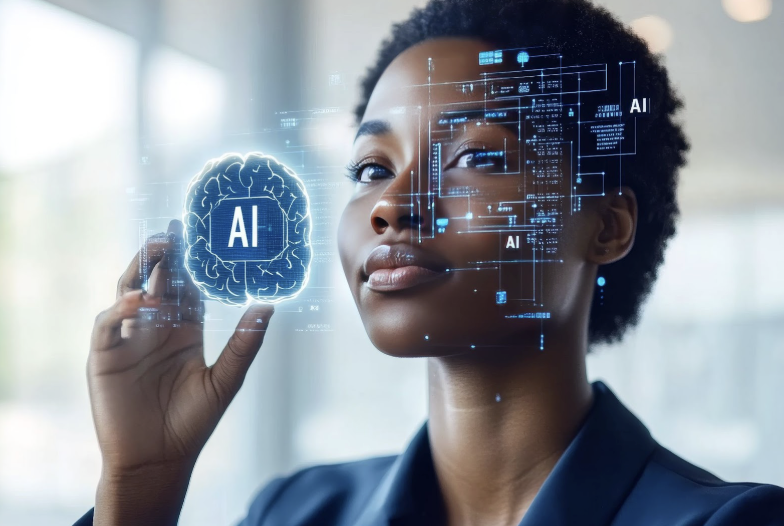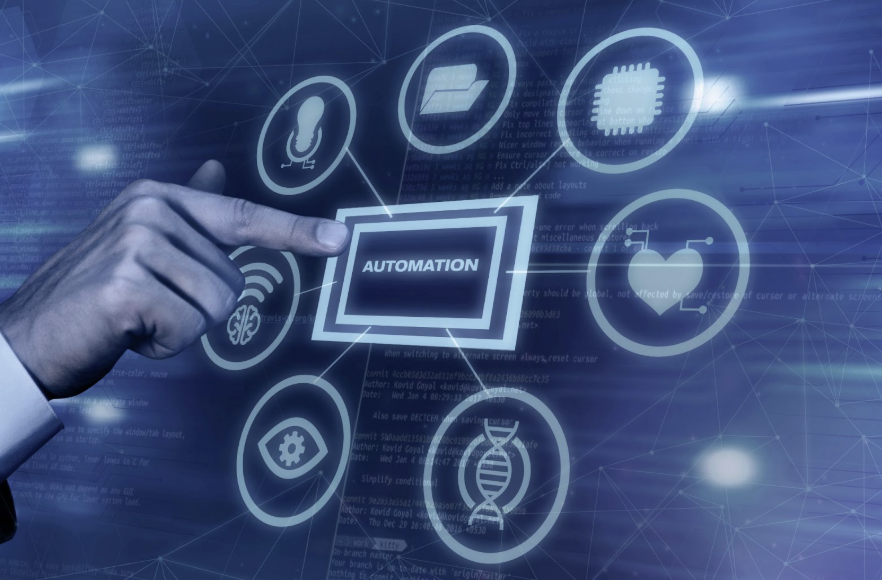Methodology: A Fund-Focused View on AI Investment Dynamics
This article draws from market reports, fund manager insights, and AI ecosystem analyses to outline the main trends shaping how venture, growth, and corporate funds are investing in artificial intelligence today. We look at deal activity, sector focus, and strategic themes guiding capital allocation.
In Brief: What Funds Need to Know
AI deal volume remains strong, with funds focusing on core infrastructure, applied AI, and ethical frameworks.
Large funds and corporate VCs are increasingly backing AI tools that reshape entire industries.
Geopolitics, regulation, and responsible AI principles are playing a bigger role in diligence.
The next wave of winners may emerge from vertical AI not general-purpose models.
AI Investment Is Maturing But the Opportunity Remains Huge
Over the past decade, funds have steadily increased their exposure to artificial intelligence. From early bets on core machine learning platforms to today’s more refined focus on vertical applications (healthcare AI, legal tech AI, climate AI), the landscape has evolved.
AI deal activity remains resilient even in cautious markets, as funds seek companies offering real, scalable applications rather than AI hype.
According to PitchBook, AI and machine learning startups captured over $50 billion in venture funding globally in 2024, with enterprise AI infrastructure and applied AI solutions leading the way.
Key Trend 1: From General AI to Vertical AI
Fund managers are shifting attention from general-purpose AI tools to sector-specific solutions. Why?
Vertical AI startups typically show faster paths to product-market fit.
Customers value AI embedded in their existing workflows (e.g., legal document review, clinical trial analysis).
Regulatory clarity is stronger in narrow-use cases.
Funds investing in AI are looking for companies that deeply understand their end markets, not just ones building horizontal tools.
Key Trend 2: Responsible AI Moves Front and Center
Ethical AI isn’t just a discussion point anymore, it's a diligence priority.
LPs increasingly expect funds to assess AI safety, bias mitigation, and explainability during investment screening. Startups offering transparency features (e.g., model audits, bias dashboards) are gaining an edge in fundraising.
Funds that position themselves as champions of responsible AI will not only de-risk portfolios but also build brand credibility with partners and regulators.
Key Trend 3: Corporate Venture Capital Is Leading in AI Scaling
Corporate funds are playing a growing role in AI funding rounds especially at the growth stage. Why?
AI solutions often require integration with large enterprise systems.
Corporate VCs provide go-to-market pathways AI startups need to scale.
Strategic investors are focused on AI that directly augments their core business lines.
We see funds co-investing alongside corporates in areas like AI-driven cybersecurity, supply chain optimization, and predictive analytics.
Final Thought: What’s Next for AI-Focused Funds?
The AI gold rush is shifting from model-building to real-world deployment. Funds that succeed will:
Back founders solving specific industry problems.
Prioritize responsible, explainable AI.
Align with partners who can accelerate adoption at scale.
For investors, artificial intelligence isn’t just a theme, it's becoming an essential part of any modern portfolio.




















